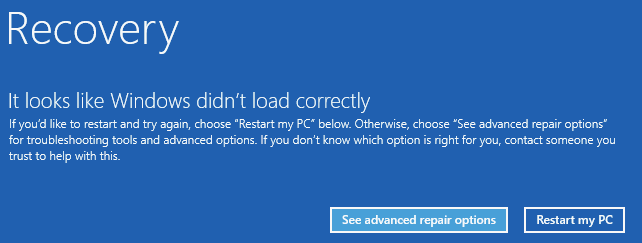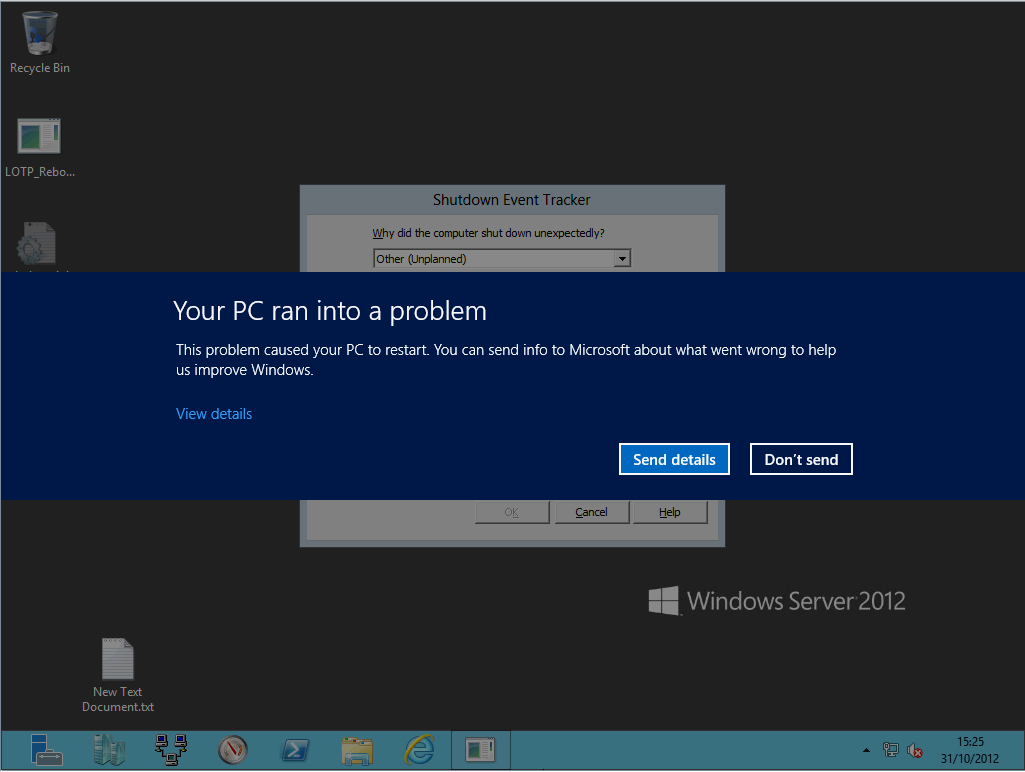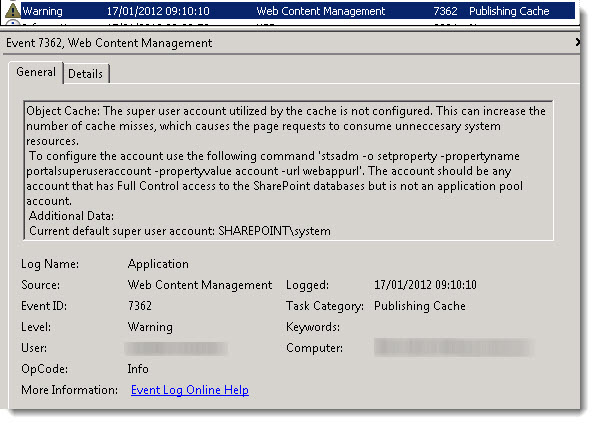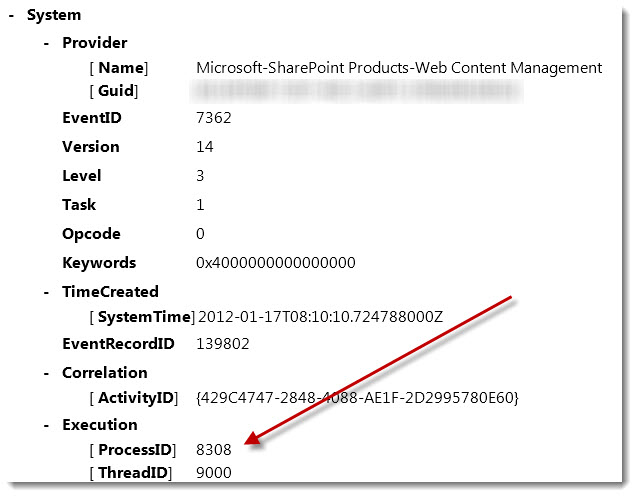Symptoms:
When you try to remove a not used SQL Server from Sharepoint in the Central admin:
An object in the SharePoint administrative framework, "SPDatabaseServiceInstance Name= could not be deleted because other objects depend on it. Update all of these dependants to point to null or different objects and retry this operation. The dependant objects are as follows: SPWebService Name=WSS_Administration
Workaround:
You have switched to a new SQL server but SharePoint kept a reference. You can use an existing correct Web application to update Central admin with the good one:
$centralAdmin=Get-SPWebApplication -IncludeCentralAdministration | ? {$_.DisplayName -match ‘SharePoint Central Administration’}
$goodExample=Get-SPWebApplication -identity ‘http://mygoodwebapp’
$centralAdmin.Parent.DefaultDatabaseInstance=$goodExample.Parent.DefaultDatabaseInstance
$centralAdmin.Parent.Update()
$centralAdmin.Update()
Use SQL Alias for the next time 🙂










